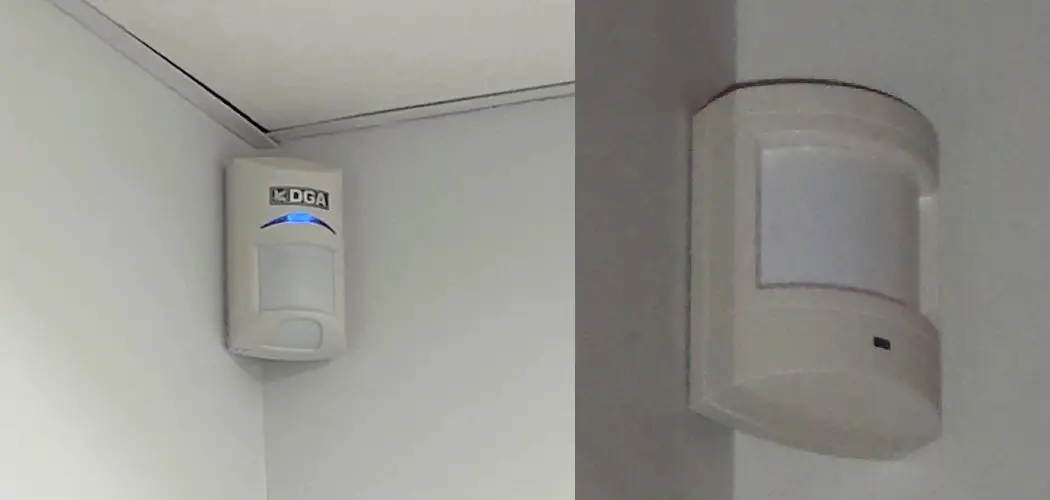Have you ever noticed those strange-looking devices attached to the walls of commercial and industrial buildings? If so, then you’ve seen occupancy sensors in action. These devices are used to detect movement within a given area, which can provide valuable information for both energy efficiency and safety.
In this blog post, we’ll discuss exactly how do occupancy sensors work and why they might be the perfect addition to your building’s lighting system. Read on to learn more about what these innovative pieces of technology can do for your business!
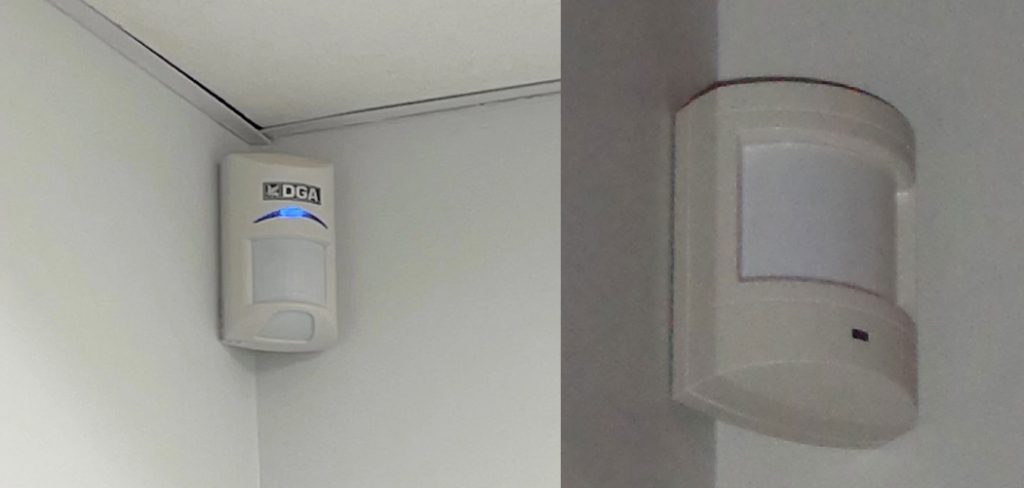
7 Different Methods on How Do Occupancy Sensors Work
1. Passive Infrared (PIR) Sensors:
These motion detectors use infrared radiation from body heat to detect movement within a given space. They can be used both indoors and outdoors, and are especially useful in areas with no direct line of sight. This type of sensor is used for both motion detection and presence detection. It is best used in unoccupied spaces.
2. Ultrasonic Sensors:
Unlike PIR sensors, ultrasonic devices use sound waves to detect movement. These can be installed both indoors and outdoors, but they are most often used indoors as they are more sensitive than PIRs and may be triggered by animals or other smaller objects. This type of sensor is best used in large, unoccupied spaces
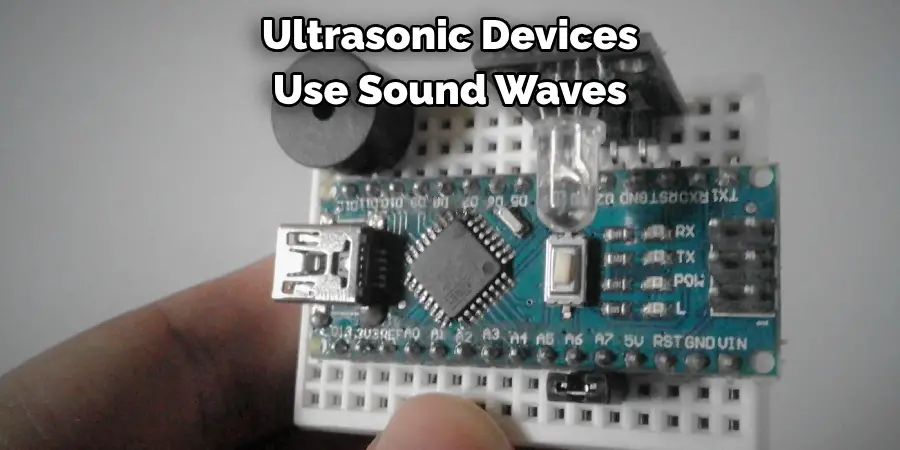
3. Microwave Sensors:
Like ultrasonic sensors, microwave motion detectors use sound waves to detect movement. However, this type of sensor is more precise and can even be used for presence detection. Additionally, they are not as easily triggered by small objects or animals as PIRs and ultrasonic sensors. This type of sensor is best used in enclosed spaces.
4. Photocell Sensors:
These sensors use light to detect presence and movement. They’re similar to PIRs, except they are triggered by a decrease in the ambient light level instead of body heat. Photocells are less sensitive than other types of sensors, but they can still be used for presence detection in well-lit areas. This type of sensor is best used in bright, occupied spaces.
5. Dual Technology Sensors:
These sensors combine two different types of detection techniques, such as PIR and ultrasound or photocell and microwave, to provide more reliable results. While dual technology sensors are slightly more expensive than single types, they can be more reliable in detecting movement. This type of sensor is best used when you require high accuracy and reliability.
6. Pressure Mats:
These sensors are placed directly on the floor or other surfaces and detect changes in pressure due to weight or movement. They’re typically used as alarms, for example – if someone steps onto a pressure mat, it could set off an alarm. This type of sensor is best used in areas where you need to detect movement or presence quickly and reliably.
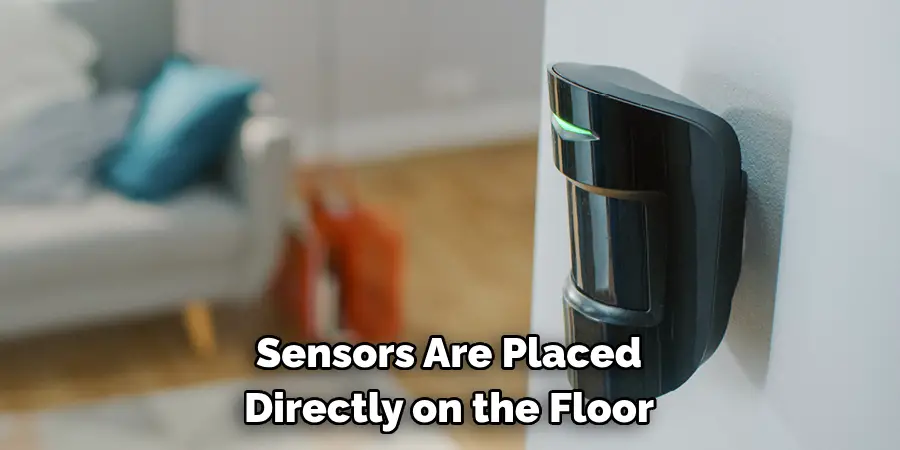
7. Active Infrared Sensors:
Active infrared (AIR) sensors are similar to PIRs, but they emit their own light instead of relying on ambient light sources. These can be used for both motion detection and presence detection, and their sensitivity can be adjusted depending on the needs of the space. This type of sensor is best used in unoccupied spaces where there are low levels of ambient light.
By understanding how occupancy sensors work, you’ll be able to make an informed decision when it comes to automating your building’s lighting system. With this knowledge, you can save energy, keep your space safe, and overall improve the efficiency of your facility. To learn more about occupancy sensors or to get a custom quote, contact a professional today!
Additional Tips and Tricks to Maximize the Efficiency of Occupancy Sensors Include
1. Adjusting the Time Delay Settings:
Occupancy sensors come with adjustable time delay settings, which allow users to control how long a room is lit after someone has left the area. Setting this timer too short can contribute to energy waste while setting it too long will leave lights on unnecessarily. It is important to find the optimal setting for each room to ensure the most efficient use of energy.
2. Utilizing Vacancy Mode:
Many occupancy sensors have a “vacancy mode”, which turns off lights after a designated delay when no motion is detected in the area. This feature is useful for rooms where people often forget to turn off the lights or leave them on unnecessarily. Utilizing vacancy mode can help to ensure that the lights are only used when necessary.
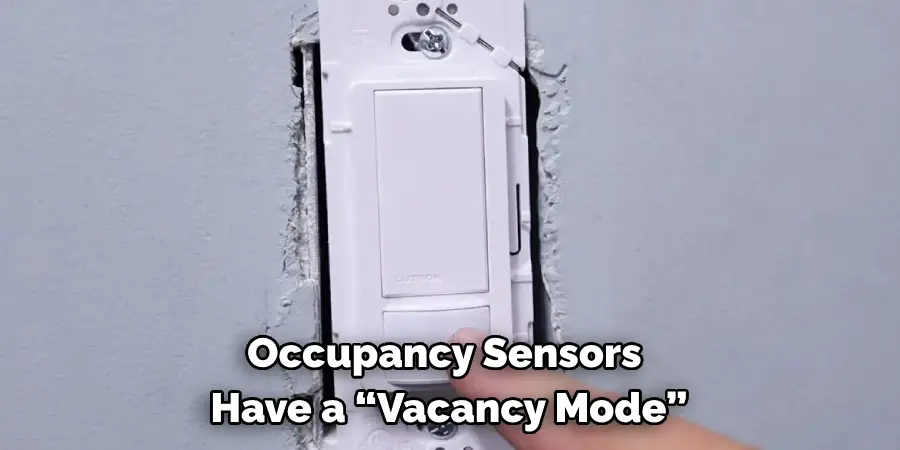
3. Converting to LED Bulbs:
LED bulbs use much less energy than other types of lighting, making them a great option for areas outfitted with occupancy sensors. Lower energy usage helps to reduce the amount of wasted energy and increases the efficiency of the system as a whole. This will also help save money in the long run.
4. Placement of the Sensors:
The placement of occupancy sensors can have an effect on how well they detect motion in a given area. It is important to place them so that they are able to accurately detect people entering and exiting the area while avoiding false triggers from other sources. For rooms with particularly high ceilings, window or door sensors may be more effective than ceiling-mounted sensors.
By following these tips and tricks, you can ensure that your occupancy sensor system is running as efficiently as possible. This will help to reduce energy waste and save you money in the long run. With careful implementation, occupancy sensors can be a great tool for improving energy efficiency in any office or home setting.
Benefits of Using Occupancy Sensors
1. Occupancy sensors help to reduce energy costs by automatically turning off lights and other electrical devices when no one is present.
2. They can be used to provide convenience, security, and safety in a variety of settings such as offices, schools, hospitals, stores, and homes.
3. Occupancy sensors are also very easy to install and require minimal maintenance once in place.
4. They can be used to reduce the need for manual operation of switches and help to reduce human error that can lead to energy waste.
5. Occupancy sensors also provide an extra layer of protection against vandalism and misuse of electrical devices.
6. Finally, occupancy sensors are also a great way to show customers and guests that businesses and other organizations are committed to sustainability and energy conservation. This can be important for building a positive public image.
Overall, occupancy sensors provide a simple yet effective way to reduce energy costs and promote sustainability without compromising comfort, convenience, or safety. They are an economical solution that is well worth the investment for any property owner or manager.
Utilizing occupancy sensors can have a big impact on your bottom line, as well as your image in the community. So if you’re looking for an easy way to reduce energy costs and conserve resources, occupancy sensors are definitely worth considering!

Frequently Asked Questions
What is an Occupancy Sensor?
An occupancy sensor is a device that detects movement and presence in space. It typically uses infrared, ultrasonic, or passive infrared (PIR) technology to detect movement within its range.
How Does an Occupancy Sensor Work?
An occupancy sensor works by emitting a beam of infrared light, ultrasonic waves, or PIR-radiation and detecting any changes in the environment. When motion is detected, it triggers an output signal which is used to activate lights or other devices.
Are Occupancy Sensors Suitable for All Situations?
No, occupancy sensors are not suitable for every situation. They work best in closed or semi-closed areas such as offices and homes but may not be very effective outdoors due to environmental factors. Additionally, they may not be able to detect certain slow-moving objects.
Are Occupancy Sensors Energy Efficient?
Yes, occupancy sensors help save energy by automatically turning off lighting and other devices when the space is unoccupied. This helps reduce energy costs and carbon emissions, making them an environmentally-friendly choice.
Where Can I Buy Occupancy Sensors?
Occupancy sensors can be found in most home improvement stores, as well as online retailers such as Amazon and eBay. Prices vary depending on the type of model and feature you are looking for.
Are Occupancy Sensors Difficult to Install?
No, most occupancy sensors are relatively easy to install. They usually come with detailed installation instructions that can help you set up your system quickly and correctly. Professional installation may be required in certain cases.
Conclusion
In conclusion, occupancy sensors are incredible devices with a multitude of uses and applications. They can be utilized in homes or businesses to monitor and control the environment, save energy, provide security, and reduce air pollution. Understanding how do occupancy sensors work can help us maximize their potential and minimize waste while still enjoying all of the conveniences that automated technologies provide.
Additionally, this knowledge also reinforces the importance of recognizing when we don’t need automated convenience — like when there is no one in the room — so as to conserve energy resources responsibly. Ultimately, embracing cutting-edge technologies like occupancy sensors will put us on the path toward maintaining a sustainable future.

